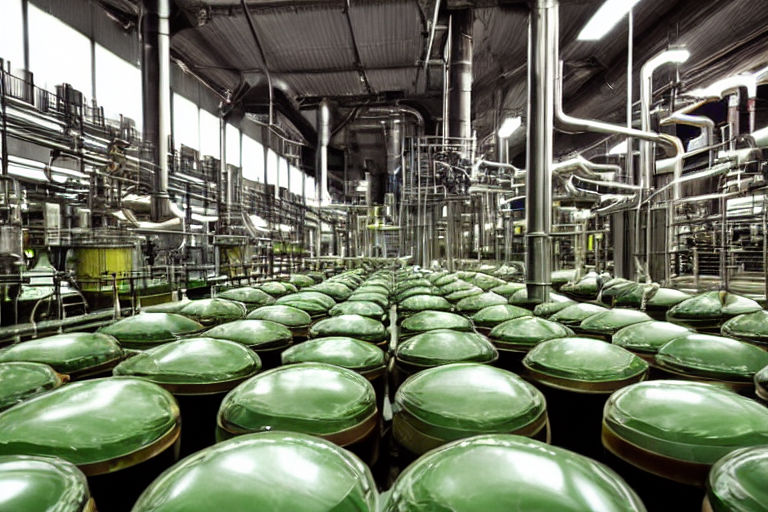The Environmental Impact of Whiskey Production: How Distilleries are Going Green
Whiskey is one of the most popular spirits in the world. However, the production of whiskey is known to have a significant impact on the environment. From the sourcing of raw materials to the distillation process and even the packaging, whiskey production can have a harmful effect on the environment. In recent years, there has been an increase in the number of distilleries going green. Here's how they are doing it.
Sourcing Sustainable Raw Materials
The first step in going green is sourcing sustainable raw materials. Many distilleries are turning to organic farms to source their grains. These farms use sustainable farming practices that do not harm the environment. In addition, some distilleries are using locally sourced grains. This reduces transportation emissions and supports local economies.
Reducing Water Usage
Water is a critical component in whiskey production. However, the distillation process requires a significant amount of water, which can be wasteful. Some distilleries are investing in water recycling systems to reduce water usage. They are also using rainwater harvesting and other methods to reduce the demand for municipal water.
Using Renewable Energy
Many distilleries are using renewable energy sources to power their operations. Solar panels and wind turbines are common renewable energy sources used in distilleries. In addition, some distilleries are using biogas to power their operations. Biogas is produced from waste materials and is a renewable energy source that reduces carbon emissions.
Reducing Packaging Waste
Whiskey is traditionally packaged in glass bottles, which can be harmful to the environment if not recycled properly. Distilleries are exploring alternative packaging options such as paper-based bottles or refillable containers. This reduces packaging waste and the carbon footprint of shipping heavy glass bottles.
Conclusion
Distilleries are making great strides in reducing their environmental impact. By sourcing sustainable raw materials, reducing water usage, using renewable energy, and exploring alternative packaging options, the whiskey industry is going green. As consumers, we can also do our part by choosing whiskey brands that prioritize sustainability.



